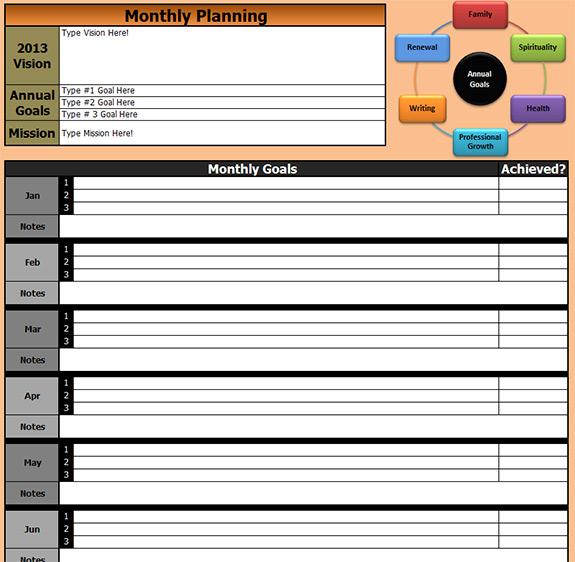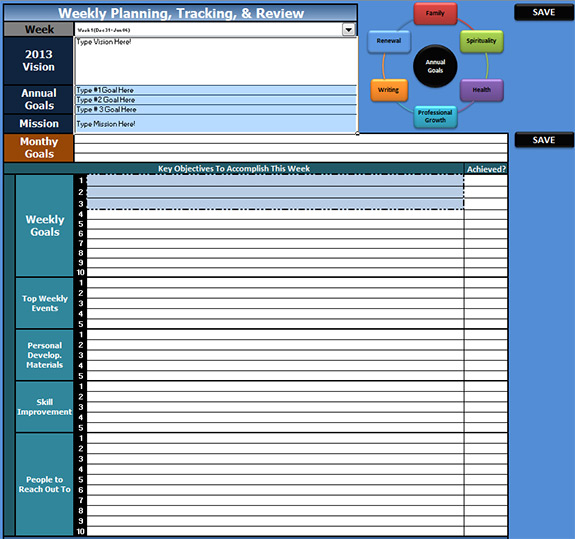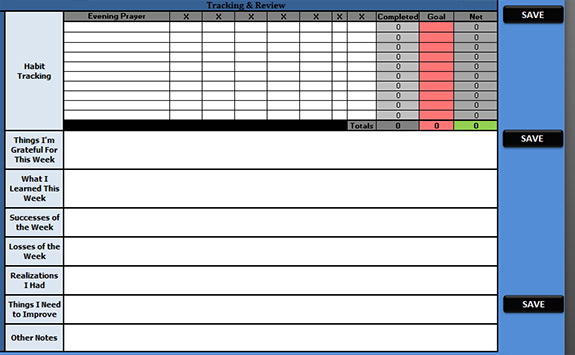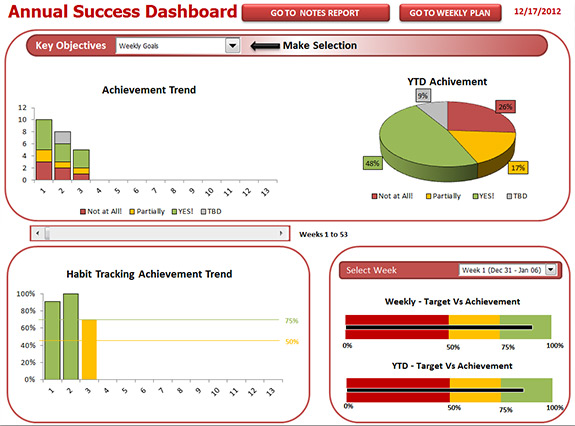 Wow – What an amazing and awesome month. The goal of the 2nd Annual International Blogathon was to give the world a gift of greater leadership acumen from an international stand-point. Learning leadership views from across the globe helps increase our leadership wisdom by giving us differing perspectives. It certainly has met that goal for me personally.
Wow – What an amazing and awesome month. The goal of the 2nd Annual International Blogathon was to give the world a gift of greater leadership acumen from an international stand-point. Learning leadership views from across the globe helps increase our leadership wisdom by giving us differing perspectives. It certainly has met that goal for me personally.
I hope that the blogathon writers have inspired you.
I hope that your world becomes better because of the knowledge gained this month.
I hope that you were inspired to make changes that will impact your success.
What is Success?
“Success,” hmm… it’s a very interesting and elusive word. The definition is different for every person, and every organization. It is a goal that is constantly moving to new heights. For the truly successful, it is a journey that never comes to an end. It’s a constant climb that refines you, strengthens you, and fertilizes your growth.
“Success is a climb that never ends, the journey refines you, strengthens you, and fertilizes your growth” Tweet This!
Recently an individual asked me what some of my strengths were. This person new of my expertise and qualifications, but I thought for a moment and had two things enlighten my mind that were completely opposite and opposing from each other. Could these two things really be my strength?
The first strength that I thought of was that I have had a lot of success in my life. I have associated myself with successful people. I know what works in helping organizations create success. I have seen what successful people do to create even more success, and I have read huge volumes of books in learning how to personally create success in different areas of my personal and professional life. So I thought, sure why can’t that be a strength?
The Second Strength, That Greatly Outweighs the First
The second strength I thought of – is a polar opposite from the first – and greatly overshadows it. It’s probably the single largest factor that has impacted success in my life. The second strength is, um, well… I have failed. I have a failed a lot. Failure has taught me what does not work, what NOT to do. It has molded me, chopped down the rough edges, and refined and focused me into the person I am today. I am sure the same is true for most people, but my failures greatly outweigh my successes. So by quantitative comparison, I AM A FAILURE, and as the title suggests, I’m damn proud of it. If it weren’t for the failures I’ve had, I could never have reached the success I now enjoy.
The Failure Masochist
No, I’m not a masochist that enjoys the pain of failure or the struggles that are associated with it. I don’t look for opportunities to fail. I really strive to NOT, set myself up for failure. I strive to learn from my struggles so that I don’t repeat them. Unfortunately, no matter what I do… failures come, and they are almost always painful. They break me down, and make me grow. Like a forest that erupts into blooms after a fire scorches it to the ground, so must we be after our failures come.
Are we on the Path of Success, or the Path of Failure?
It may feel like the path of failure, but it is the path of success. Whenever I begin to veer off the path of success, I get poked and prodded by failures that direct me toward a straighter and faster route to even greater success. Failures are the enablers that help us reach success considerably faster. Without failures, we could never have success.
“Failures are the enablers that help us reach success considerably faster. Without failures, we could never have success.” Tweet This!
The last month has resulted in some of the greatest successes in my life, but that success has been preceded by a path of innumerable failures, like a thousand fire-ants that I could not shake off. Yet those failures drive me faster towards heaps of successes. I’m sure you and I are alike; we all fail, we’re all human.
While I never look forward to my failures, I am proud of what I have learned from them and you should be proud as well.
The climb to success is wrought with failures… so let us all climb together. Let us support each other, not judge each other, look for the positive, celebrate the small successes, focus on the important things in life, and celebrate the overcoming of the many small weaknesses and failures that set us back.
“We can all do a little better, we can all become great.” Tweet This!
A Month of Success
This blogathon is chock full of examples of successes and failures. Every single writer this month shared their expertise that they have gained, by failing a thousand times first. The wisdom that resulted from those failures and the forthcoming lessons of success are priceless, and only in a small part, documented in this blogathon.
I strive to always hang out with successful people, I have told this to many. In truth though, I guess I actually enjoy hanging out with failures, since that is the path we all have taken to our success. I am honored to call the writers of the 2nd Annual International Leadership Blogathon – friends; they are some of the best group of failures I ever associated with. I only say that in jest, because they are all successful experts that kindly shared the result of their failures and successes with the world.
Until Next Time!
Today we don’t say good bye, the blogathon will live on, connections will be made deals with be stricken, and successes will be amplified. The greatness that is achieved from a single lesson this month might never be known to any us. That’s ok though.
Thank you, thank you, and thank you! It’s been enlightening. Please leave a comment and tell me what you have learned this month. What are the failures that resulted in your success?







 The story has been told of the young man who took his archery set out in the field behind the barn. After carefully taking aim and launching his quiver full of arrows at the barn wall, he walked up to the barn, took a can of red paint, and painted targets around each arrow. Celebrating his excellent marksmanship, he entered a local competition and was soundly defeated, unable to hit any of the targets.
The story has been told of the young man who took his archery set out in the field behind the barn. After carefully taking aim and launching his quiver full of arrows at the barn wall, he walked up to the barn, took a can of red paint, and painted targets around each arrow. Celebrating his excellent marksmanship, he entered a local competition and was soundly defeated, unable to hit any of the targets. Success Plan – The last couple months have been a whirlwind of activity, especially surrounding the Ultimate Annual Personal Success Plan. I’m happy to say that the plan is finally completed, and it ROCKS! The Ultimate Annual Personal Success Plan is a Microsoft Excel Workbook that is meant to not only help define your goals, but it will help you to align, track, measure, and execute on the plans to reach your annual goals and dreams.
Success Plan – The last couple months have been a whirlwind of activity, especially surrounding the Ultimate Annual Personal Success Plan. I’m happy to say that the plan is finally completed, and it ROCKS! The Ultimate Annual Personal Success Plan is a Microsoft Excel Workbook that is meant to not only help define your goals, but it will help you to align, track, measure, and execute on the plans to reach your annual goals and dreams. For those that have been following the ultimate success plans posts, you know that this has been a pursuit that I have been perfecting for over 3 years. I have a big and embarrassing confession to make though. You see, when I first started preparing to write the Ultimate Personal Success Plan e-Book and the posts for this new version; I actually wasn’t sure how it was going to end. Due to some successes, failures, and struggles I had in 2012, I knew I needed to make some changes to the plan, but I wasn’t sure what to do. So I delayed, and delayed as long as I could.
For those that have been following the ultimate success plans posts, you know that this has been a pursuit that I have been perfecting for over 3 years. I have a big and embarrassing confession to make though. You see, when I first started preparing to write the Ultimate Personal Success Plan e-Book and the posts for this new version; I actually wasn’t sure how it was going to end. Due to some successes, failures, and struggles I had in 2012, I knew I needed to make some changes to the plan, but I wasn’t sure what to do. So I delayed, and delayed as long as I could.





